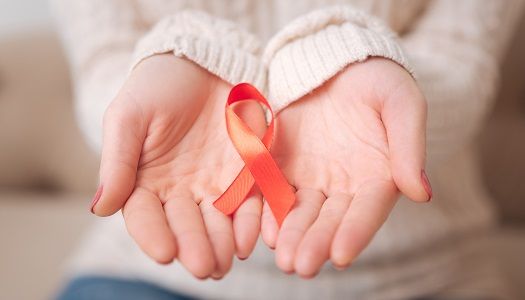Article
Modeling Reveals Race Differences in PrEP Impact on HIV At-Risk Adolescents
Author(s):
Modeling depicts scenarios of PrEP averting larger number, but smaller percentage of HIV infections in black than white at-risk adolescent males.

Network simulation modeling using race-specific data from recent trials depicts scenarios of prexposure prophylaxis (PrEP) averting a larger number—but smaller percentage—of HIV infections in black than in white at-risk adolescent males.
Deven Hamilton, MPH, PhD, of the Center for Studies in Demography and Ecology, University of Washington, Seattle, Washington, and colleagues performed several analyses of models of HIV burden and of PrEP uptake and adherence in black and in white adolescent sexual minority male (ASMM) populations to assess the potential impact of PrEP on HIV incidence and future disparities in higher prevalence areas of the United States.
"Adolescent sexual minority males are at significant risk for HIV acquisition, particularly in communities with high background HIV prevalence, including African-American youth," Hamilton told MD Magazine®.
In the base scenario with a median HIV prevalence of 7.0%; 12.4% and 1.4% in black and white ASSM, respectively, the model projected the percentage of infections averted (PIA) with PreP to be 19.7% (95% Credible Interval [CrI] 15.2-25.1) for black patients and 31.% (CrI 20.4-44.7) for whites. Although the PIA was lower in black patients, the number of infections averted (NIA) was substantially higher given the higher background incidence of infection: 784.5 infections per 100,000 person-years at risk (CrI 606.5-988.6) averted in the black ASSM population and 134.5 per 100,000 person years at risk (CrI 87.3-190.3) in white ASSM.
"These highlight the central paradox of PrEP's effects by race in this setting," the investigators observed, "despite most infections being diverted among black ASMM, the PIA was slightly higher among white than among black ASMM, resulting in the disparity."
In another analysis with 6 coverage levels (10-60%) of PrEP and a 2.1-fold coverage disparity by race, the investigators reported that PIA increased almost linearly for both black (3.7% -20.1%) and white ASMM (10.6%-44%). Within each coverage scenario, PIA was lower for black than for white ASMM, but NIA was greater for black ASMM despite lower coverage. The overall efficiency of PrEP remained high among black ASMM, with the number-needed-to-treat (NNT) of 26.9 to 29.2 across coverage levels, compared to 174.2 to 236 for white ASMM.
"This suggests that a large coverage disparity was not enough to offset differences in background incidence," the investigators indicated. "With both of these factors present, PrEP continued to avert a much higher number of infections among black than among white ASMM."
In a third analysis, which added disparity in adherence to the coverage disparity, the pattern of higher PIA for white ASMM and substantially higher NIA for black ASMM remained. An additional analysis changed the PrEP eligibility criteria from sexually active 16-18-year-old ASMM to 16-18-year-old ASMM with 10 or more acts of condomless anal intercourse within prior 6 months, but resulted in no systematic reduction in NIA.
"Our results suggest that engaging early with ASMM populations, and black ASMM populations specifically, could be impactful and efficient, and that waiting until age 18 years to begin providing comprehensive HIV prevention for men who have sex with men will be too late for many black youths," the investigators concluded.
Hamilton expanded on that perspective in his comments to MD Mag®. "Our findings suggest that PrEP can significantly reduce risk, but getting adolescents on PrEP presents numerous challenges. Foremost, providers should ensure that providers are aware that PrEP is approved for adolescents, and that many adolescents are indeed at risk for HIV," he said.
The study, “Potential Impact of HIV Preexposure Prophylaxis Among Black and White Adolescent Sexual Minority Males,” was published online in the American Journal of Public Health.





